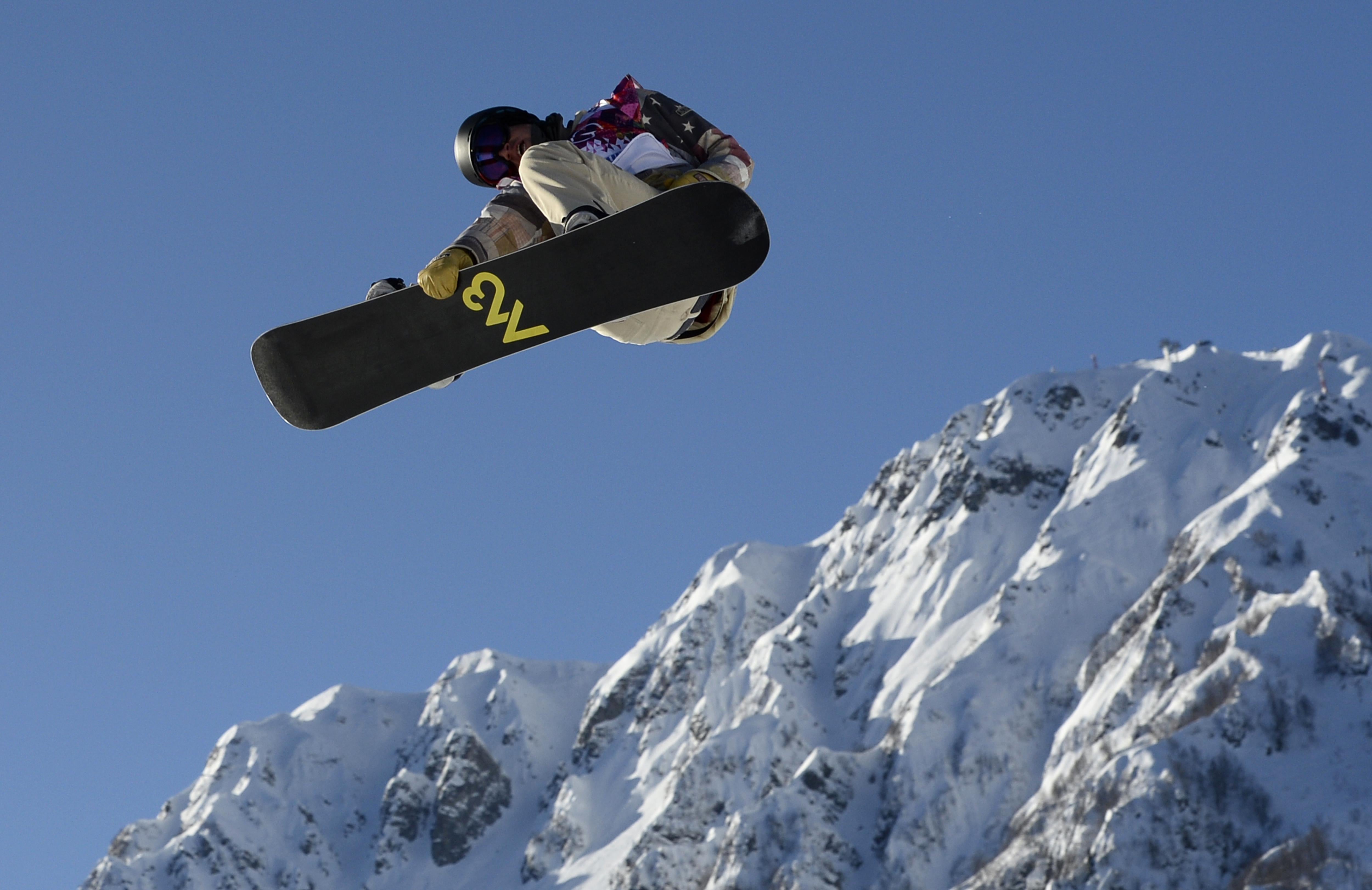Earlier today, Barry Petchesky at Deadspin noted that practice runs on the women’s downhill skiing course in Sochi were postponed this morning after several athletes complained that one particular jump was far too dangerous. Male skiers have expressed similar concerns over a downhill course that generates speeds close to 90 miles per hour. “The course is just unrelenting,” American skier Travis Ganong told the New York Times. “It really doesn’t compare to any course we normally see. It just keeps coming at you.” Earlier this week, American snowboarder Shaun White pulled out of the slopestyle snowboard competition amid concerns that the course was unsafe. (Norwegian snowboarder Torstein Horgmo broke his collarbone during a practice run on Monday.) “I think they wanted to make big kickers and it’s not really good for riders,” Finnish snowboarder Roope Tonteri told Reuters. “It’s not really safe anymore. I just don’t want to get injured.”
Given the generally shambolic attitude that has governed these Olympics thus far, it is tempting to ascribe these safety hazards to “Sochi being Sochi.” But that’s not entirely fair. After all, Georgian luger Nodar Kumaritashvili died during a practice run at the 2010 Vancouver Olympics, an accident that was later partially ascribed to the track being too fast; nobody reacted to that tragedy by blaming Canada.
Constructing and maintaining the various slopes and tracks so they’re simultaneously safe and exciting isn’t just difficult for Sochi. It’s difficult for all world-class winter sports venues. Hurtling downhill at Ferrari speeds is inherently risky under even the best conditions, and this problem is only exacerbated by the general Winter Olympic trend toward showier, more dangerous events. The Olympics have gotten faster, and that plays well on television. But how do the course designers make sure they’re not getting too fast?
The Olympics courses are designed in conjunction with each discipline’s governing body. In the case of both Alpine skiing and slopestyle snowboarding, that’s the International Ski Federation (FIS). The Alpine downhill slope that’s come under such criticism was designed by Bernhard Russi, a Swiss ski architect and FIS technical adviser who won a downhill gold medal in 1972.
Russi is the Robert Trent Jones of competitive downhill skiing; he has been involved in designing the downhill courses for every Winter Olympics since at least 1992. In a recent interview with the Associated Press, Russi said that he has been working on the Sochi downhill slope since 2006, and that the course was “well balanced in terms of difficulties and in terms of features.” Russi is probably the most qualified person in the world to design the downhill Olympic ski course—and yet his course is still being criticized as unsafe.
Much like the downhill skiing slope, the controversial slopestyle course was said to have been “designed to feature technically challenging choices of jumps and rails of differing sizes and shapes which allow diverse competition and creativity.” Olympic snowboarders describe it differently, using terms like intimidating and “over-built.”
The slopestyle course was designed by a Swedish terrain park architect and FIS technical adviser named Anders Forsell, who has previously designed slopestyle tracks for World Cup events. Forsell has recently been criticized by some who believe his work isn’t up to Olympic standards. “There is a consultant over there that runs a business called Ski Expert [sic] and he can’t find his ass with both hands,” Roger McCarthy, who designed the slalom courses at Sochi, told Men’s Journal. “If they pulled someone out of Europe, that might have been the problem. You need someone out of Whistler or Breckenridge or one of these other western mountains that have the best guys.”
McCarthy might have a point. But I’d bet that if, indeed, these courses are deficient, it’s not because Europeans can’t find their asses with both hands, but rather because they haven’t been adequately tested by professional-caliber athletes. As Deadspin’s Petchesky noted, though Russi’s downhill course had been skied by testers (known as “forerunners”), these skiers were not professional-caliber, and thus could not tell how the course would be experienced by top athletes going at top speeds. The slopestyle course ran into similar difficulties—as Men’s Journal puts it, “Sochi isn’t a big snowboarding town, which means there were very few serious riders trying out and critiquing the course.”
They’re doing so now, and better late than never, I suppose. But these safety concerns shouldn’t have been left until the last minute. And that’s not on Sochi—that’s on the FIS.
